Home>Garden Essentials>How To Train An Adult Dog To Go On A Small Piece Of Astro Turf?
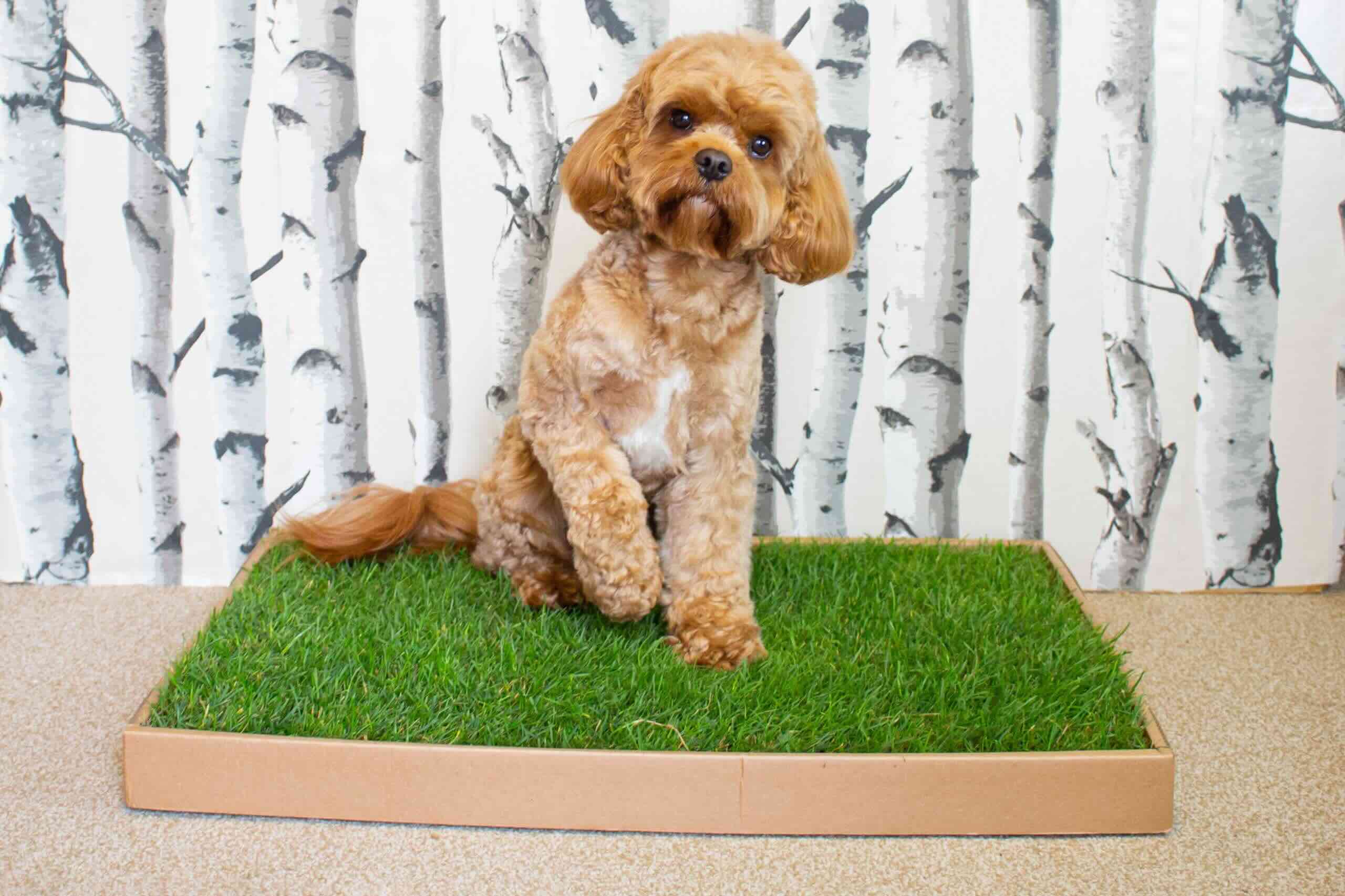

Garden Essentials
How To Train An Adult Dog To Go On A Small Piece Of Astro Turf?
Modified: August 17, 2024
Learn how to train an adult dog to use a small piece of astro turf in your garden. Our step-by-step guide will help you create a designated potty area.
(Many of the links in this article redirect to a specific reviewed product. Your purchase of these products through affiliate links helps to generate commission for Storables.com, at no extra cost. Learn more)
Introduction
Welcome to the world of dog training! Whether you have recently adopted an adult dog or are looking to update your pet’s potty training routine, teaching your furry friend to go on a small piece of astro turf can be a practical and convenient solution.
Astro turf, also known as artificial grass, offers a range of benefits for dog training. Not only does it provide a soft and comfortable surface for your dog to walk on, but it also allows for easier cleanup and maintenance compared to natural grass. Additionally, using astro turf can help eliminate the need for your dog to go on your indoor flooring or to rely solely on outdoor potty areas.
In this article, we will guide you through the process of training an adult dog to go on a small piece of astro turf. From understanding the benefits of astro turf to troubleshooting common challenges, you will gain the knowledge and skills to successfully incorporate this training method into your dog’s routine.
Before we dive into the specifics, it is important to assess your dog’s behavior and training needs. Every dog is unique, and a personalized approach will help ensure effective training. Additionally, selecting the right piece of astro turf for your dog and preparing the training area are crucial steps to set the stage for successful training sessions.
Once you have the necessary tools and environment in place, it is time to introduce your dog to the astro turf. This transition may take time, as dogs are creatures of habit, but with patience and positive reinforcement, your dog will adapt to the new surface.
Using positive reinforcement techniques, we will show you how to teach your dog to associate going on the astro turf with rewards and praise. Consistency and repetition are key in establishing a regular routine, reinforcing positive behavior, and making the astro turf their preferred potty area.
While astro turf is a great training tool, it is important to prepare your dog for outdoor potty areas as well. We will guide you through the gradual transition process from astro turf to outdoor spaces, ensuring that your dog understands where it is appropriate to go at all times.
By the end of this article, you will have the knowledge and confidence to train your adult dog to go on a small piece of astro turf. So, let’s get started and create a convenient and comfortable potty training solution for you and your canine companion!
Key Takeaways:
- Astro turf offers a comfy, easy-to-clean potty solution for adult dogs. Assess your dog’s needs, introduce them gradually, and use positive reinforcement to make the transition smooth and successful.
- Establish a consistent routine, troubleshoot challenges with patience, and gradually transition your dog to outdoor potty areas. Celebrate progress and enjoy a harmonious living environment with your furry friend!
Read more: What Is The Best Astro Turf For Dogs
Understanding the Benefits of Using Astro Turf for Dog Training
Astro turf, also known as synthetic grass, can be an excellent choice for dog training purposes. It offers several advantages over natural grass or other types of surfaces. Understanding these benefits can help you make an informed decision and create an ideal training environment for your furry friend.
1. Comfort and Safety: Astro turf provides a soft and cushioned surface for your dog to walk and play on. Its synthetic fibers are designed to resemble natural grass, offering a comfortable experience for your dog’s paws. Unlike rough outdoor surfaces or hard indoor floors, astro turf minimizes the risk of paw injuries or discomfort during training sessions.
2. Durability: Astro turf is highly durable and can withstand the wear and tear associated with dog training. It is designed to handle heavy foot traffic, including energetic dogs running, jumping, and digging. This means that your astro turf training area will remain functional and visually appealing for an extended period.
3. Easy Maintenance: Unlike natural grass, astro turf doesn’t require mowing, watering, or fertilizing. This makes it a low-maintenance option for dog training. Cleaning up after your furry friend is also a breeze with astro turf. Solid waste can be easily scooped, while liquid waste can be rinsed away with water. Regularly removing debris and ensuring proper drainage will keep your astro turf looking and smelling fresh.
4. Weather Resistance: Astro turf is designed to withstand various weather conditions. Whether it’s scorching summer heat, heavy rain, or frosty winter temperatures, astro turf maintains its quality and functionality. This means you can continue your dog’s training sessions regardless of the weather, ensuring consistent progress in their potty training routine.
5. Versatility: One of the significant benefits of astro turf is its versatility. It can be installed in various locations, including outdoor spaces, balconies, and even indoors. This flexibility allows you to create a dedicated training area for your dog, regardless of the size or layout of your living space.
6. Odor Control: Astro turf is designed to minimize odor buildup. Its porous nature allows for effective drainage, preventing lingering smells. Regular cleaning and occasional use of pet-friendly deodorizers can help maintain freshness and eliminate any potential odors.
By utilizing astro turf for dog training, you can provide your dog with a comfortable and safe surface while enjoying the convenience and practicality it offers. From durability and easy maintenance to weather resistance and versatility, astro turf is a reliable option to enhance your dog’s training experience.
Now that we have explored the benefits of using astro turf for dog training, let’s move on to the next step – assessing your dog’s behavior and training needs – to ensure effective and personalized training sessions.
Assessing Your Dog’s Behavior and Training Needs
Before you begin training your dog to go on astro turf, it is essential to assess their behavior and training needs. By understanding your dog’s unique traits and habits, you can tailor the training approach to suit their specific requirements. Here are a few key points to consider:
1. Age: Assessing your dog’s age is crucial because it can affect their ability to grasp and adapt to new training techniques. Adult dogs may have different potty training needs compared to puppies, as they may already have established habits and preferences. It’s important to be patient and understanding throughout the training process, regardless of their age.
2. Previous Training: Consider whether your dog has undergone any previous potty training. Dogs who have received some level of training may already understand the concept of going in a designated area. However, it’s important to note that transitioning to astro turf may still require some adjustment, as it differs from traditional outdoor spaces or indoor potty options.
3. Behavior Patterns: Observe your dog’s behavior and patterns related to potty needs. Pay attention to signs such as circling, pacing, sniffing, or whining, which may indicate that they need to go. Understanding how your dog communicates their needs can help you anticipate and guide them to the astro turf when necessary.
4. Preferences: Dogs may have individual preferences when it comes to potty surfaces. Some may naturally prefer grass, while others may be more comfortable with non-grassy surfaces like astro turf. If your dog shows a preference for a particular surface, it can make the training process smoother by aligning with their existing preferences.
5. Medical Conditions: Take into account any underlying medical conditions that may affect your dog’s potty training. Certain health issues, such as urinary tract infections or mobility limitations, can impact their ability to control their bladder or access the designated potty area. Consult with your veterinarian if you suspect any medical issues that may require special attention during training.
By assessing your dog’s behavior and training needs, you can determine the best approach to train them to use astro turf effectively. This knowledge will help you tailor the training sessions to address any specific challenges or requirements your dog may have. Remember to be patient, consistent, and understanding throughout the process, as every dog learns at their own pace.
Next, we will explore how to select the right piece of astro turf for your dog and prepare the training area for optimal training results.
Selecting the Right Piece of Astro Turf for Your Dog
When it comes to training your dog to go on astro turf, choosing the right piece of turf is essential for their comfort and success. Here are some factors to consider when selecting astro turf for your dog:
1. Pile Height: The pile height refers to the length of the synthetic grass fibers. For dog training purposes, it is generally recommended to choose a shorter pile height. Shorter fibers are easier to clean, allowing for quick removal of solid waste. They are also more resistant to trampling and can handle heavy foot traffic, ensuring durability over time.
2. Drainage System: Opt for astro turf with an efficient drainage system. This is important to prevent the accumulation of water or moisture, which can lead to unpleasant odors and the growth of bacteria. A good drainage system will keep the turf dry and clean, ensuring a hygienic environment for your dog.
3. Non-Toxic Materials: Ensure that the astro turf you select is made from non-toxic materials that are safe for your dog. This is especially important if your dog tends to chew or lick surfaces. Look for astro turf that is free from harmful chemicals or substances that could potentially harm your pet’s health.
4. Easy Cleaning: Consider astro turf that is easy to clean and maintain. Look for materials that are resistant to staining and can be easily rinsed or hosed down. This will make the cleanup process more convenient, especially when dealing with liquid waste. Additionally, choose turf that resists odors to keep your training area smelling fresh.
5. Size and Portability: Depending on the available space in your home or outdoor area, choose a piece of astro turf that fits comfortably into the designated training area. Consider the size of your dog as well, ensuring that there is enough space for them to move around and comfortably eliminate. If you plan on using astro turf in different locations, select a product that is portable and easy to move.
6. Appearance: While the primary focus is on functionality, it’s also worth considering the appearance of the astro turf. Opt for turf that looks natural and blends well with the surrounding environment. A visually appealing training area will also make it more enjoyable for you to spend time with your dog during training sessions.
By considering these factors, you can select the right piece of astro turf that meets your dog’s training needs. Remember to take into account your dog’s size, behavior, and preferences when making your choice. With the appropriate astro turf, you can create a comfortable and welcoming potty training area for your furry friend.
Next, we will discuss the steps involved in preparing the astro turf training area before introducing your dog to the new surface.
Preparing the Astro Turf Training Area
Before introducing your dog to the astro turf for potty training, it is important to properly prepare the training area. This will help set the stage for successful and effective training sessions. Here are the steps to follow when preparing the astro turf training area:
1. Clean the Area: Start by thoroughly cleaning the designated area where the astro turf will be placed. Remove any debris, leaves, or other objects that could hinder your dog’s movement or pose a potential safety hazard. Ensure that the area is free from any potential distractions or obstacles.
2. Lay a Protective Layer: To protect the underlying surface, it is advisable to place a protective layer underneath the astro turf. This can be a waterproof tarp or a thick plastic sheet. The protective layer will prevent any moisture or liquids from seeping through and causing damage to the floor or ground below.
3. Secure the Astro Turf: Properly secure the astro turf to prevent it from shifting or moving during your dog’s training sessions. You can use landscaping pins or adhesive tape designed for outdoor use to keep the turf in place. Ensure that the turf is taut and securely fixed to provide a stable surface for your dog to walk on.
4. Introduce a Bathroom Cue: Choose a specific cue or command to associate with going on the astro turf. This can be a word or a phrase that you will consistently use during training sessions. By introducing a bathroom cue, you can eventually train your dog to go on command, making the potty training process more efficient and convenient.
5. Gradual Exposure: If your dog is not familiar with astro turf, it is important to gradually expose them to the new surface. Allow them to sniff and explore the area without any pressure or expectations. This will help them acclimate to the texture and scent of the astro turf before beginning formal training.
6. Create a Positive Environment: Make the astro turf training area a positive and inviting space for your dog. Add some toys or treats to encourage their interest and engagement. You can also place a comfortable bed or mat nearby to create a cozy and relaxing environment that your dog associates with potty time.
By following these preparation steps, you will ensure that the astro turf training area is clean, secure, and welcoming for your dog. This will create a favorable learning environment and increase the chances of successful training outcomes. Now that the training area is ready, it’s time to introduce your dog to the astro turf and begin the training process.
Next, we will guide you through the process of introducing your dog to the astro turf and familiarizing them with the new surface.
Read more: How To Lay Astro Turf For Dogs On Dirt
Introducing Your Dog to the Astro Turf
Introducing your dog to the astro turf is an important step in their potty training journey. It may take some time for them to adjust to the new surface, but with patience and positive reinforcement, you can help them become comfortable and confident in using the astro turf. Here’s how to introduce your dog to the astro turf:
1. Supervise and Guide: Begin by supervising your dog closely when they are in the training area. Keep them on a leash to prevent them from wandering off or becoming overwhelmed. Guide them towards the astro turf and encourage them to explore the surface at their own pace. Allow them to sniff and investigate the turf without any pressure.
2. Praise and Reward: Whenever your dog shows interest in the astro turf or takes a step towards it, praise and reward them with treats or verbal praise. This positive reinforcement will help them associate the astro turf with something pleasant and rewarding. Repeat this process consistently, gradually encouraging them to get closer to the turf.
3. Gradual Introduction: If your dog seems hesitant or unsure, you can introduce the astro turf in small increments. Start by placing a small piece of turf in a familiar area where your dog already feels comfortable. This can be indoors or in a space they frequently visit. Allow them to become accustomed to this smaller piece of astro turf before gradually expanding the training area.
4. Scent Transfer: Dogs rely on their sense of smell to identify potty areas. To help your dog understand that the astro turf is an appropriate place to go, you can transfer the scent of their previous waste to the turf. Using a paper towel, collect a small amount of their feces or urine from their previous potty spot and place it on the astro turf. The familiar scent will signal to your dog that this is an acceptable place for elimination.
5. Encourage Elimination: When you notice that your dog needs to go, guide them gently to the astro turf using their bathroom cue. Stay with them and provide verbal encouragement and praise as they eliminate on the turf. Reward them immediately after they finish to reinforce the positive behavior. Repeat this process consistently during potty times until your dog becomes comfortable going on the astro turf.
6. Be Patient: Every dog learns at their own pace, so it’s important to be patient during the introduction process. Some dogs may quickly adapt to the astro turf, while others may take more time. Avoid scolding or punishing your dog if accidents occur during the training period. Instead, redirect them to the astro turf whenever you notice signs that they need to go.
By gradually introducing your dog to the astro turf and providing positive reinforcement, you will help them feel at ease with this new potty training surface. Remember to be consistent and patient, allowing your dog to progress at their own pace. With time and practice, using the astro turf will become second nature for your furry friend.
Next, we will explore how to teach your dog to go on the astro turf through positive reinforcement techniques.
Place the astro turf in a designated area and encourage your dog to use it by rewarding them with treats and praise when they go potty on it. Consistency and positive reinforcement are key to training.
Teaching Your Dog to Go on Astro Turf through Positive Reinforcement
Positive reinforcement is a powerful training technique that involves rewarding your dog for good behavior. When it comes to teaching your dog to go on astro turf, positive reinforcement plays a crucial role in making the association between eliminating on the turf and receiving rewards. Here are some steps to effectively train your dog using positive reinforcement:
1. Consistency: Establish a consistent routine for potty breaks. Take your dog to the astro turf at regular intervals, such as after meals, naps, or playtime. Consistency helps them understand that the astro turf is the designated potty area and reinforces the desired behavior.
2. Bathroom Cue: Use a specific cue or command when you want your dog to go on the astro turf. This can be a simple phrase like “go potty” or a word of your choice. Repeat the cue each time you take your dog to the turf, and pair it with positive reinforcement when they eliminate in the desired spot.
3. Timing is Key: When your dog eliminates on the astro turf, be sure to reward them immediately. This instant feedback helps them understand that they have done the right thing. Use treats, verbal praise, and petting to reward and reinforce their behavior. The reward should be something your dog finds valuable to enhance motivation.
4. Positive Association: Create a positive association between going on the astro turf and receiving rewards. Offer verbal praise, treats, or a favorite toy whenever your dog eliminates on the turf. This positive reinforcement reinforces the behavior and encourages them to repeat it in the future.
5. Distinguish Between “Indoor” and “Outdoor” Behavior: If you decide to use astro turf indoors, it’s essential to teach your dog the difference between eliminating on the astro turf and going outside. Use a separate cue or command when you want them to go outdoors, reinforcing the concept that elimination on the astro turf is specific to indoor potty training.
6. Accidents Happen: During the training process, accidents may occur. Stay calm and avoid scolding or punishing your dog. Instead, redirect them to the astro turf and reinforce the positive behavior when they eliminate in the correct spot. Consistency and positive reinforcement will help them understand the desired behavior over time.
7. Gradual Decrease in Rewards: As your dog becomes more consistent in using the astro turf, you can gradually decrease the frequency of rewards. Transition to intermittent reinforcement, where you reward your dog occasionally instead of every time they go on the turf. This helps maintain the desired behavior while reducing reliance on constant rewards.
Remember, each dog is unique and will respond differently to training methods. Be patient, consistent, and adaptable to your dog’s learning pace. With positive reinforcement, your dog will associate going on the astro turf with rewards and praise, making it their preferred potty area.
Next, we will discuss the importance of establishing a regular routine for astro turf training and how to go about it.
Establishing a Regular Routine for Astro Turf Training
Establishing a regular routine is a key component of successful astro turf training for your dog. Consistency and a predictable schedule help your dog develop good potty habits and reinforce the desired behavior. Here are some steps to follow when establishing a regular routine for astro turf training:
1. Set Specific Potty Times: Determine specific times throughout the day when you will take your dog to the astro turf for potty breaks. These times should align with your dog’s natural biological rhythms, such as after meals, after waking up, and before bedtime. Consistency in potty times helps synchronize your dog’s elimination habits and reinforces the routine.
2. Use Reinforcement Cues: Use consistent cues or commands to communicate with your dog when it’s time for potty breaks. This can be a specific phrase like “let’s go potty” or a gesture. By using the same cues consistently, your dog will begin to associate them with the action of going to the astro turf.
3. Leash Up and Guide: Put your dog on a leash and guide them to the astro turf at the designated potty times. Using a leash helps establish control and ensures your dog goes directly to the designated area. Guide them calmly and encourage them with positive reinforcement cues to go on the astro turf.
4. Allow Sufficient Time: Once on the astro turf, give your dog ample time to eliminate. Be patient and avoid rushing them. Every dog has their own pace and may need a few moments to feel comfortable and relax before going. Give them room to explore and sniff the area to stimulate the elimination process.
5. Reward and Reinforce: When your dog successfully goes on the astro turf, immediately reward them with praise, treats, or their favorite toy. Reinforce the positive behavior and let them know they did a great job. The reward creates a positive association with using the astro turf, further encouraging your dog to continue practicing this behavior.
6. Consistency is Key: Consistency is crucial throughout the entire training process. Stick to the established routine and potty times consistently. Avoid skipping or changing the designated potty times, as this may confuse your dog and disrupt their progress. Dogs thrive on routine, so maintaining a consistent schedule helps solidify their understanding of where and when to eliminate.
7. Monitor Bathroom Habits: Pay attention to your dog’s bathroom habits during the day. Watch for signs that they may need to go, such as sniffing, circling, or restlessness. Anticipate their needs and take them to the astro turf immediately to avoid accidents and reinforce the desired behavior.
By establishing a regular routine, you effectively communicate to your dog when and where to go on the astro turf. Through consistency, reinforcement, and observation of their bathroom habits, you help them develop consistent and reliable potty habits.
Next, we will address common challenges that may arise during astro turf training sessions and provide solutions to overcome them.
Troubleshooting Common Challenges in Astro Turf Training
While astro turf training can be effective, it’s important to be prepared for any challenges that may arise along the way. Here are some common challenges in astro turf training and tips to overcome them:
1. Accidents Outside the Astro Turf Area: If your dog has accidents outside the designated astro turf area, it may be due to confusion or lack of clear boundaries. Ensure that the turf is securely placed, and consider using visual markers, such as a border or fencing, to clearly define the potty area. If accidents occur, remain patient, clean the area thoroughly, and reestablish the training routine with positive reinforcement on the astro turf.
2. Reluctance to Use the Astro Turf: Some dogs may show hesitation or reluctance to use the astro turf initially. This can stem from unfamiliarity with the surface or a preference for other textures. To overcome this, gradually introduce your dog to the astro turf, using positive reinforcement and rewards. Allow them time to acclimate, and be patient during the process. If they continue to resist, consider experimenting with different types or textures of astro turf that may better suit their preferences.
3. Inconsistent Timing: Consistency in timing is crucial for successful potty training. If you find yourself being inconsistent with the potty breaks, it can confuse your dog and lead to accidents. Establish a regular schedule and stick to it as closely as possible. Use alarms or reminders to maintain consistency in timing, even during busy days.
4. Fear or Anxiety: Some dogs may experience fear or anxiety when it comes to learning new behaviors or being in new environments. This can affect their ability to use the astro turf comfortably. In such cases, create a calm and positive environment around the training area, and gradually desensitize your dog to the turf by introducing it in a gradual and progressive manner. Seek professional help if fear or anxiety persists.
5. Transitioning from Indoor to Outdoor: If you plan to transition your dog from using astro turf indoors to outdoor potty areas, it may require extra training and guidance. Start by gradually introducing your dog to the outdoor area while maintaining the astro turf indoors. Use the same potty cues and positive reinforcement techniques to encourage them to use the outdoor space. Slowly reduce the size of the astro turf indoors as your dog becomes more comfortable with outdoor potty options.
6. Reinforcing the Wrong Behaviors: It’s important to provide positive reinforcement only when your dog eliminates on the astro turf. Avoid inadvertently reinforcing other unwanted behaviors, such as going in undesired areas or marking territory inside the house. Redirect your dog to the astro turf when you catch them displaying these behaviors, and reinforce the appropriate behavior with praise and rewards.
Remember that every dog is unique, and their learning progress may vary. Be patient, consistent, and adaptable in addressing challenges. Celebrate small victories and progress along the way, and seek professional assistance if you encounter persistent difficulties.
Next, we will discuss the process of gradually transitioning your dog from astro turf to outdoor potty areas.
Read more: How Can Dog Use Astro Turf
Gradually Transitioning Your Dog from Astro Turf to Outdoor Potty Areas
Once your dog has become comfortable with using the astro turf for potty training, you can gradually transition them to outdoor potty areas. This process requires patience, consistency, and positive reinforcement to help your dog understand where it is appropriate to go. Here are some steps to help you transition your dog from astro turf to outdoor potty areas:
1. Select a Designated Outdoor Area: Choose a specific area in your yard or outdoor space that will serve as the new potty area. Ideally, it should be easily accessible and away from high-traffic areas or areas where your dog plays. This helps establish a clear boundary for your dog and minimizes confusion.
2. Introduce the Outdoor Area: Take your dog to the designated outdoor area at the same times you would typically bring them to the astro turf. Use the same cues and commands you’ve been using for the astro turf training. Encourage them to explore the space and give them ample time to familiarize themselves with the new environment.
3. Prompting and Reinforcing: If your dog doesn’t immediately eliminate in the outdoor area, gently prompt them by using their potty cue or command. Be patient and wait for them to go. When they do eliminate in the desired outdoor spot, be sure to praise and reward them with treats or verbal praise to reinforce the behavior.
4. Gradual Reduction of Astro Turf: Gradually reduce the size of the astro turf indoors while maintaining a small piece in a specific area. This provides your dog with a familiar potty option indoors while emphasizing the transition to the outdoor potty area. Eventually, you can completely remove the indoor astro turf, signaling to your dog that the outdoor area is now their primary potty spot.
5. Consistency and Routine: Establish a consistent routine for outdoor potty breaks, just as you did with the astro turf training. Stick to set times for taking your dog to the designated outdoor area and reinforce the behavior with rewards and positive reinforcement. Consistency and routine will help your dog understand that the outdoor area is now their preferred potty spot.
6. Monitoring and Reinforcement: Keep a close eye on your dog during the transition period. Whenever you observe signs that they need to eliminate, promptly and confidently guide them to the designated outdoor potty area. Continue to use cues and positive reinforcement to reinforce the behavior. Over time, your dog will learn that outdoor potty areas are their designated spot for elimination.
With consistent guidance, positive reinforcement, and patience, your dog will gradually adapt to the outdoor potty area. Remember, accidents may happen during the transition process, so it’s important to remain patient and avoid punishing your dog. Instead, focus on redirecting them to the appropriate place and reinforcing the desired behavior.
Finally, celebrate your dog’s progress and continued success in transitioning to outdoor potty areas. You’ve successfully trained your dog to use astro turf and eventually expand their potty options to the great outdoors!
Now that you have the knowledge and tools to train your adult dog to go on a small piece of astro turf, go ahead and put these techniques into practice. With dedication, consistency, and positive reinforcement, you will create a convenient and comfortable potty training solution for you and your canine companion.
Happy training!
Conclusion
Congratulations on completing your journey of training your adult dog to go on a small piece of astro turf! By incorporating this convenient and practical potty training solution into your routine, you have provided your furry friend with a comfortable and reliable option for their elimination needs. Let’s recap the key points we’ve covered throughout this article:
1. Understanding the Benefits: Astro turf offers benefits such as comfort, durability, easy maintenance, weather resistance, versatility, and odor control, making it an ideal surface for potty training your dog.
2. Assessing Your Dog’s Behavior and Training Needs: Knowing your dog’s age, previous training, behavior patterns, preferences, and any underlying medical conditions helps tailor the training approach and address specific challenges effectively.
3. Selecting the Right Piece of Astro Turf: Consider the pile height, drainage system, non-toxic materials, easy cleaning, size, portability, and appearance when choosing the astro turf that best suits your dog’s training needs.
4. Preparing the Astro Turf Training Area: Clean the area, lay a protective layer, secure the astro turf, introduce a bathroom cue, and create a positive environment to ensure a safe and inviting training area for your dog.
5. Introducing Your Dog to the Astro Turf: Supervise and guide your dog, praise and reward them for showing interest, gradually expose them to the astro turf, and transfer the scent of their previous waste to the turf to familiarize them with the new surface.
6. Teaching Your Dog through Positive Reinforcement: Consistently use a bathroom cue, reward and reinforce good behavior, distinguish between indoor and outdoor behaviors, and be patient and attentive during the training process.
7. Establishing a Regular Routine: Set specific potty times, use reinforcement cues, leash up and guide your dog, allow sufficient time for elimination, and reinforce the behavior consistently to establish a reliable routine.
8. Troubleshooting Common Challenges: Address challenges such as accidents outside the astro turf area, reluctance to use the turf, inconsistent timing, fear or anxiety, reinforcing wrong behaviors, and transitioning from indoor to outdoor potty areas with patience, consistency, and positive reinforcement.
9. Gradually Transitioning to Outdoor Potty Areas: Introduce a designated outdoor area, encourage exploration and elimination, reduce the size of indoor astro turf, establish a routine, and monitor and reinforce desired behavior during the transition process.
By following these steps and strategies, you have successfully trained your adult dog to use astro turf and transition to outdoor potty areas. Remember, every dog is unique, and their progress may vary. Be patient, adaptable, and celebrate each milestone along the way.
Thank you for your dedication to your dog’s potty training journey. By providing them with a reliable potty solution, you have created a harmonious living environment for both you and your canine companion. Enjoy the benefits of a convenient and comfortable training approach with the help of astro turf!
Frequently Asked Questions about How To Train An Adult Dog To Go On A Small Piece Of Astro Turf?
Was this page helpful?
At Storables.com, we guarantee accurate and reliable information. Our content, validated by Expert Board Contributors, is crafted following stringent Editorial Policies. We're committed to providing you with well-researched, expert-backed insights for all your informational needs.
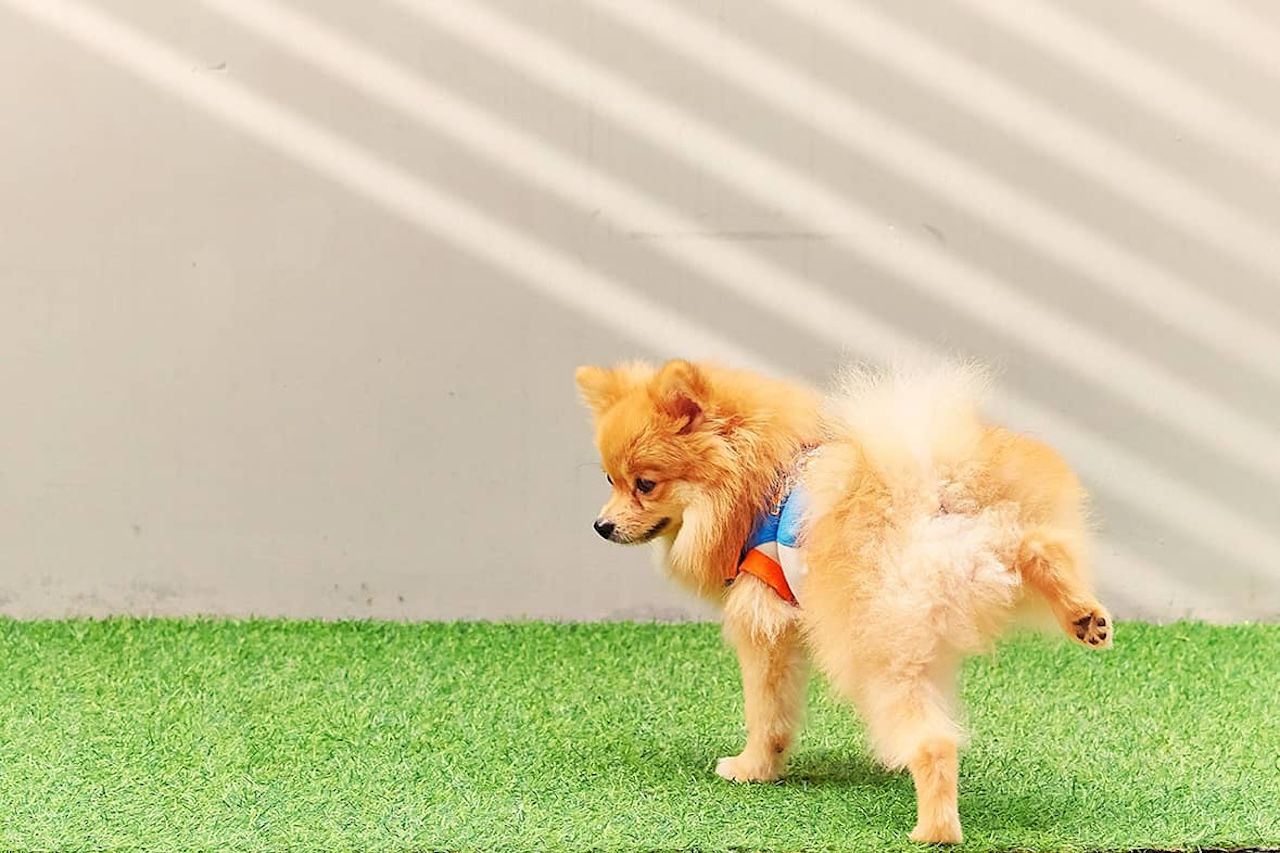
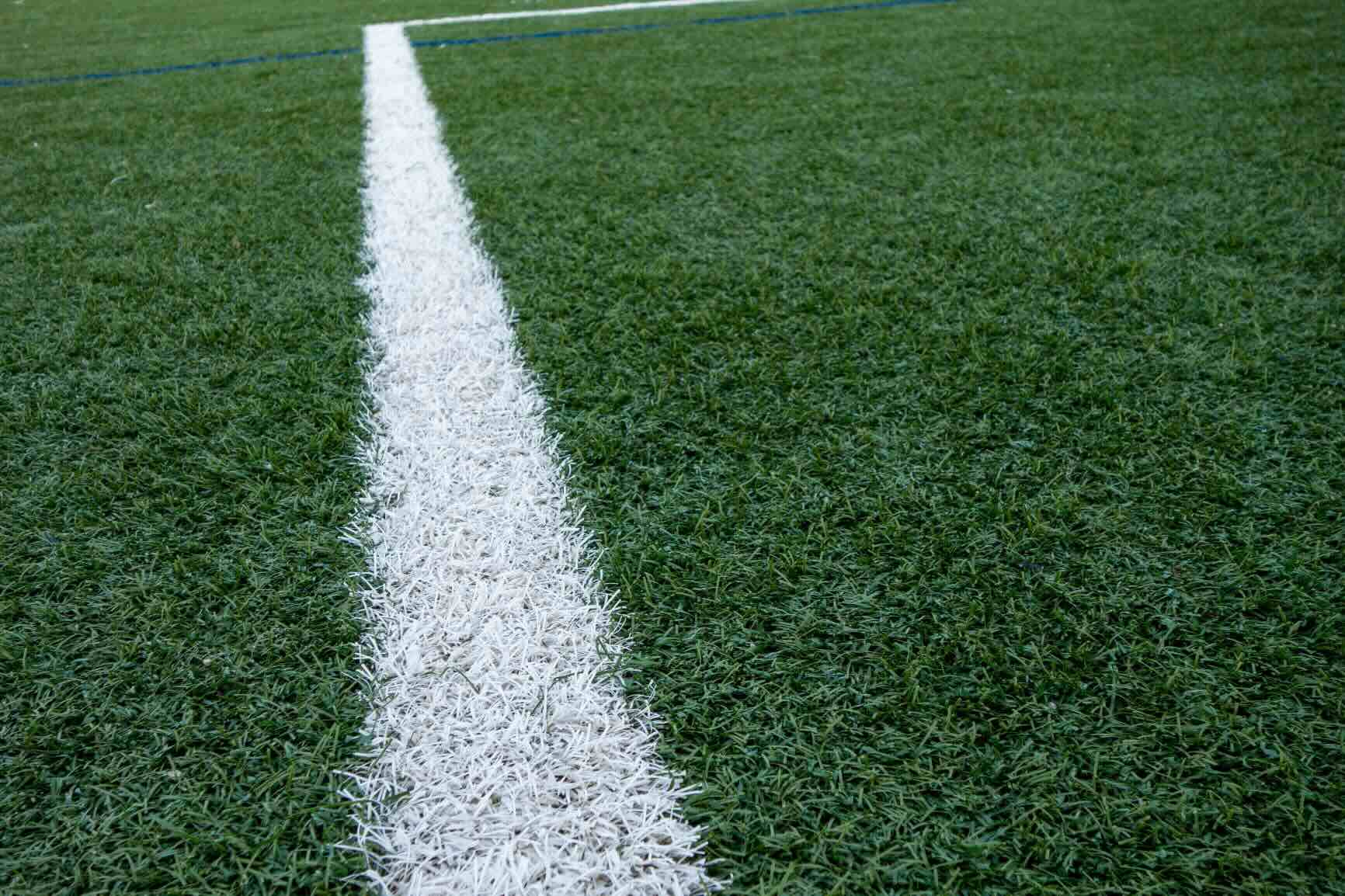
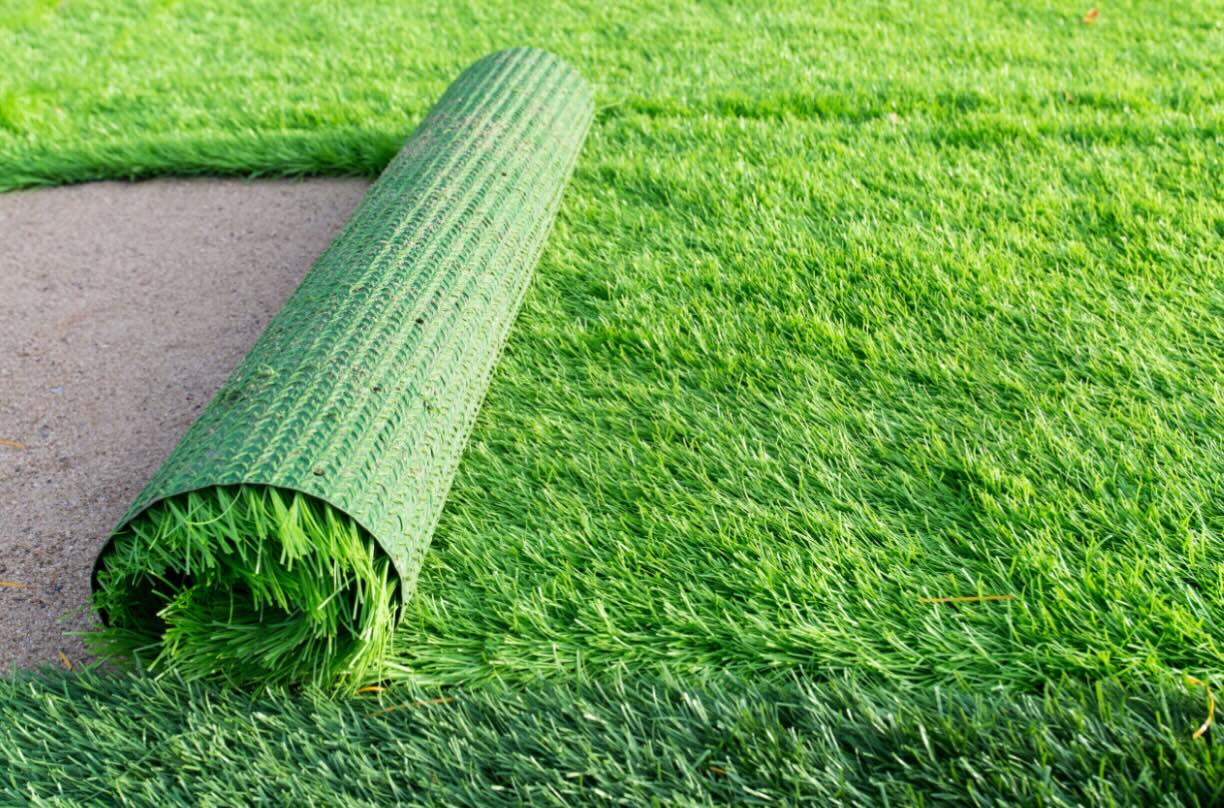
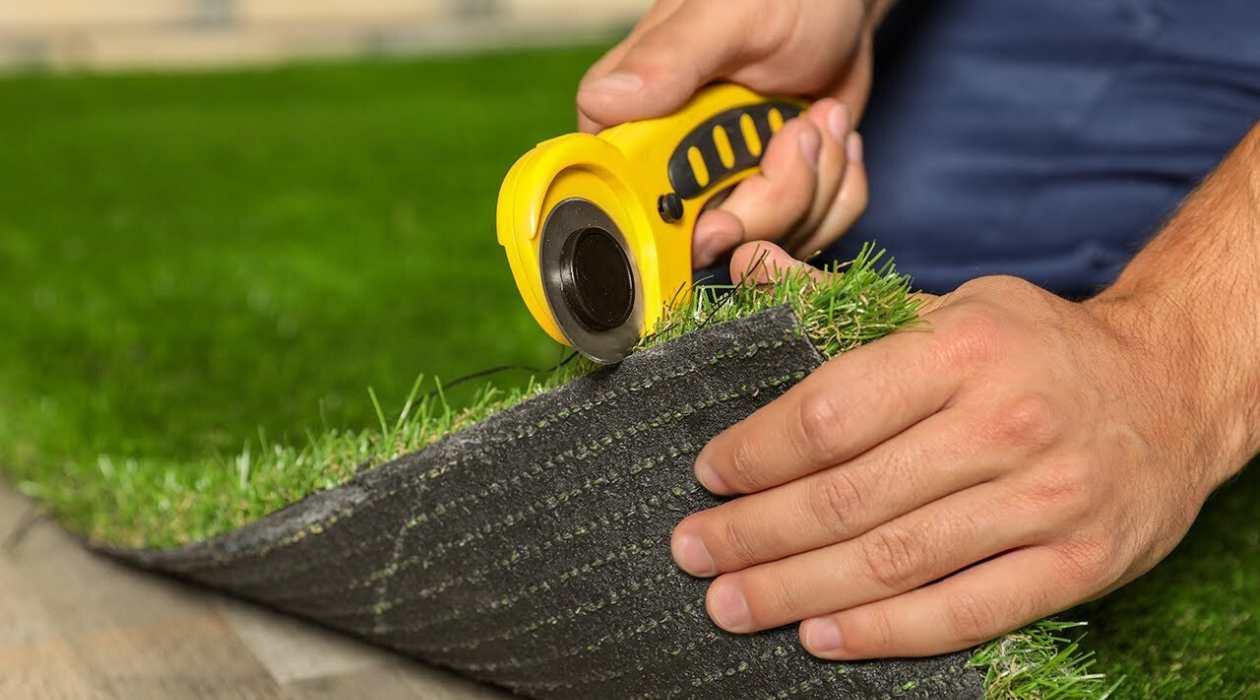
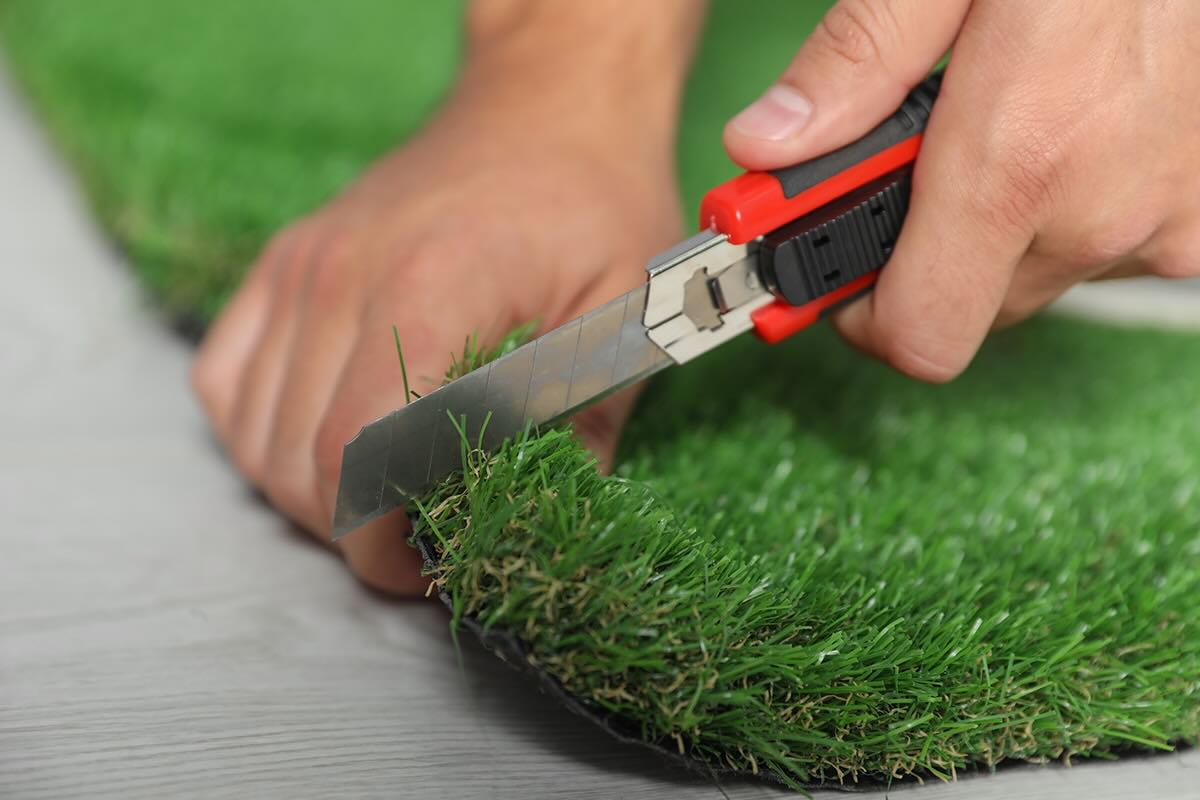
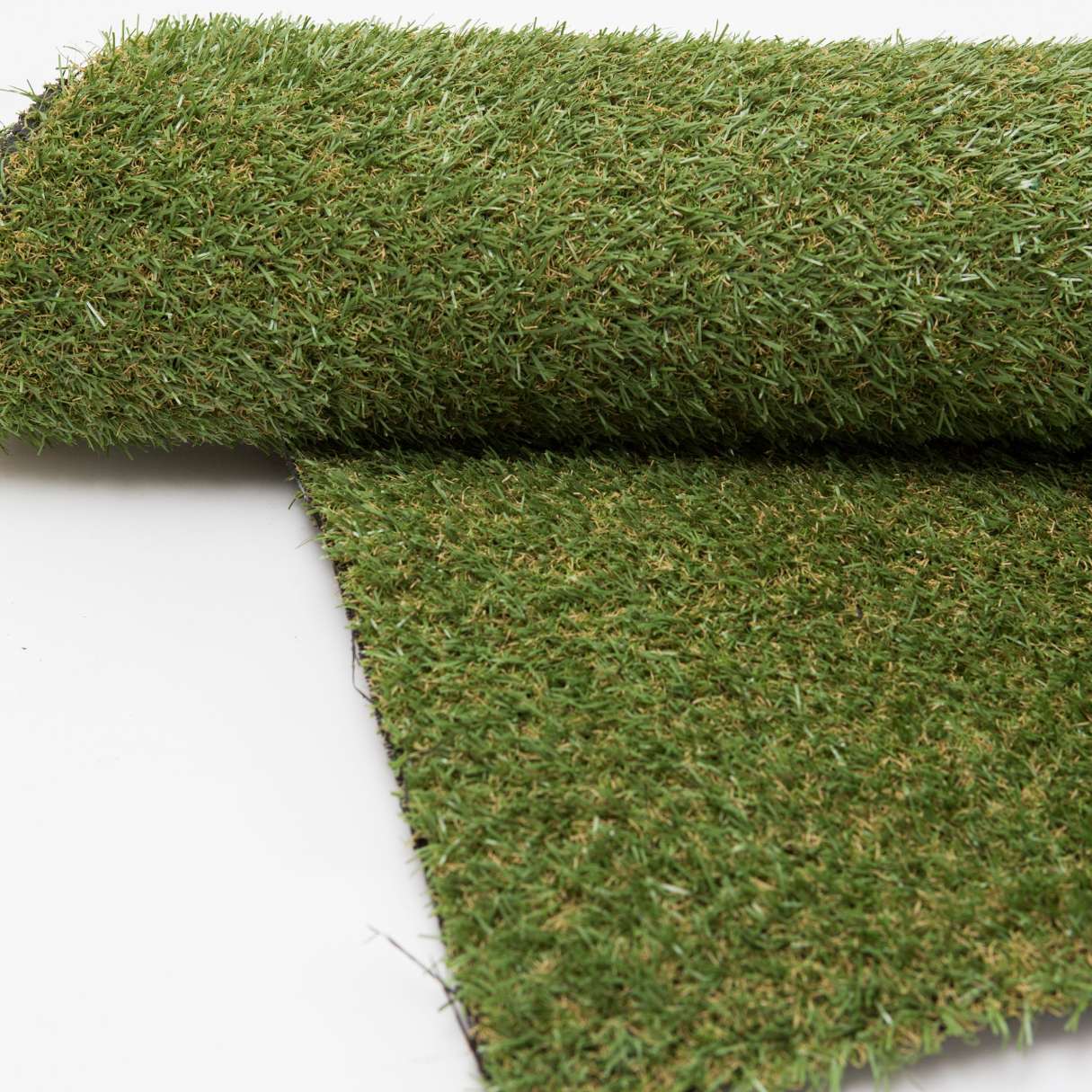
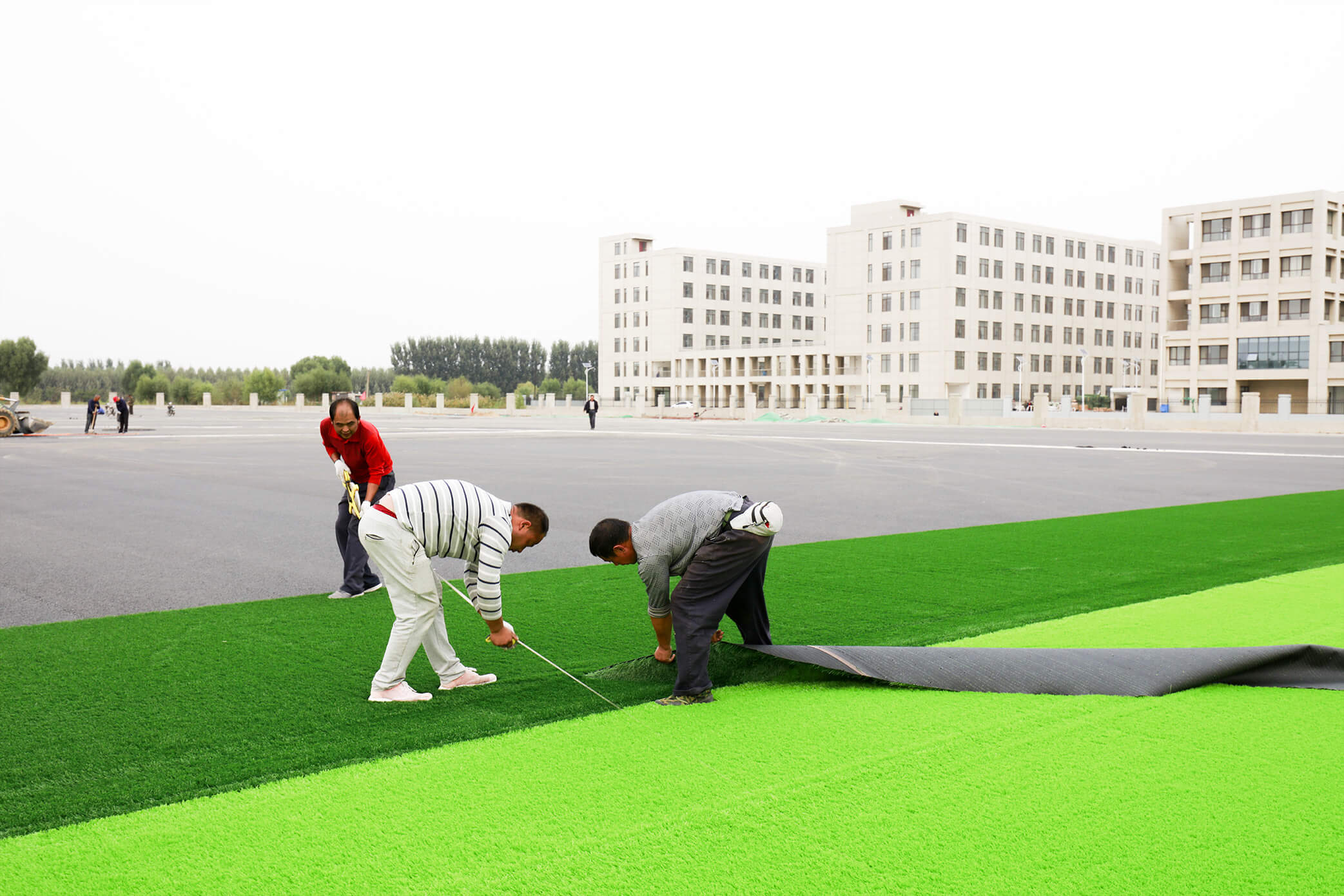
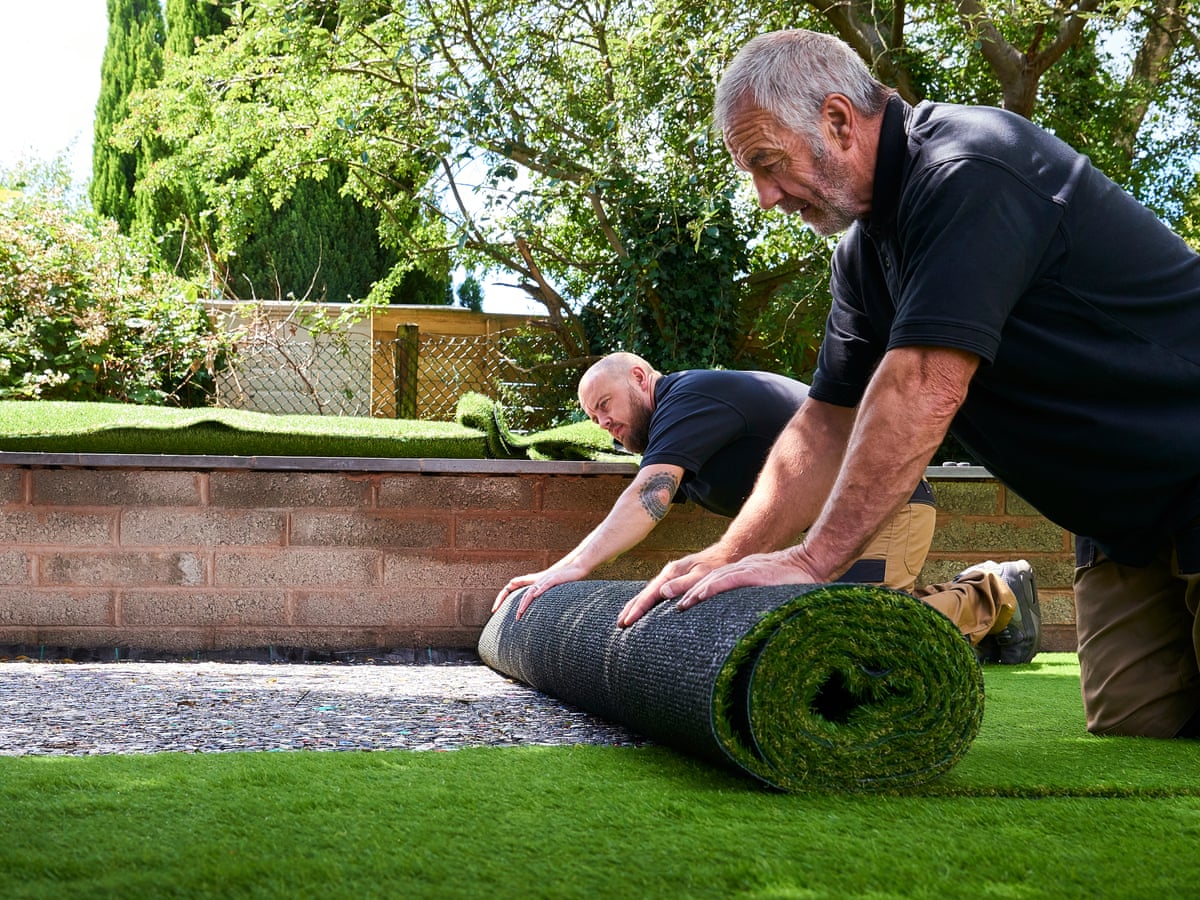
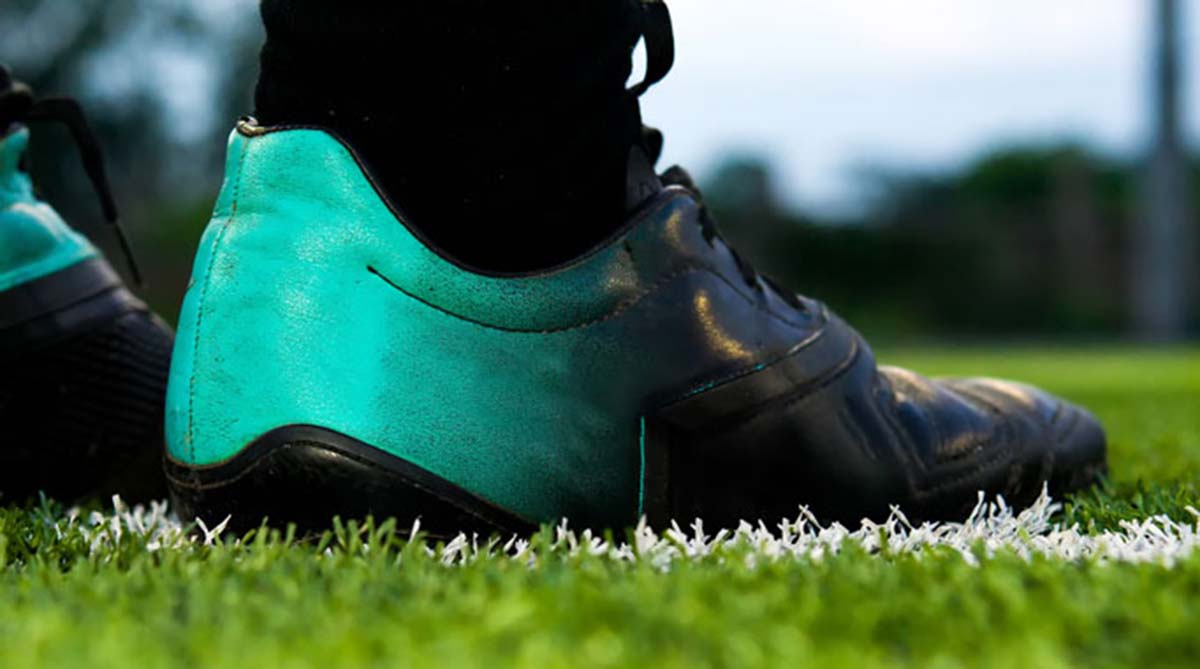
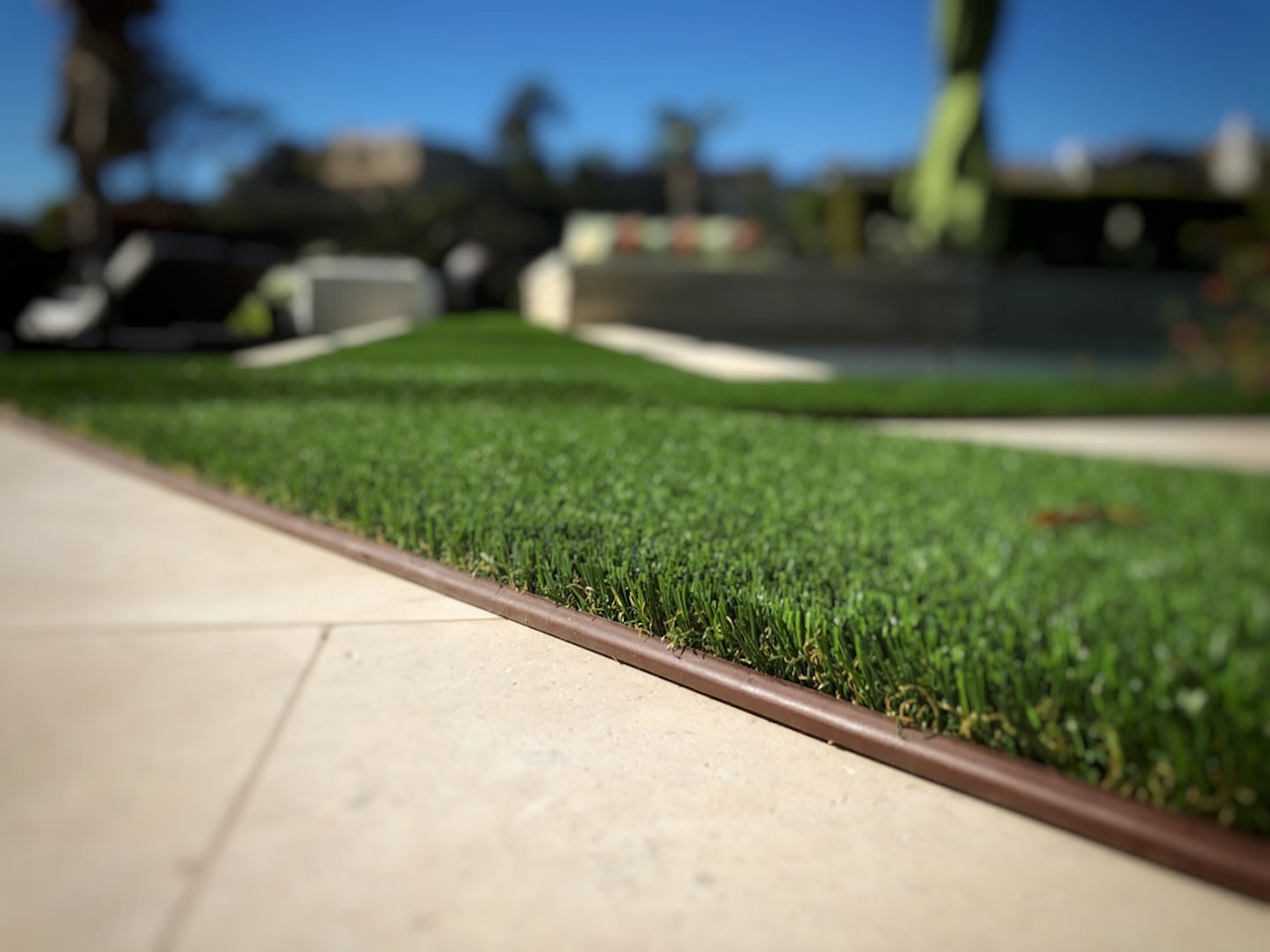
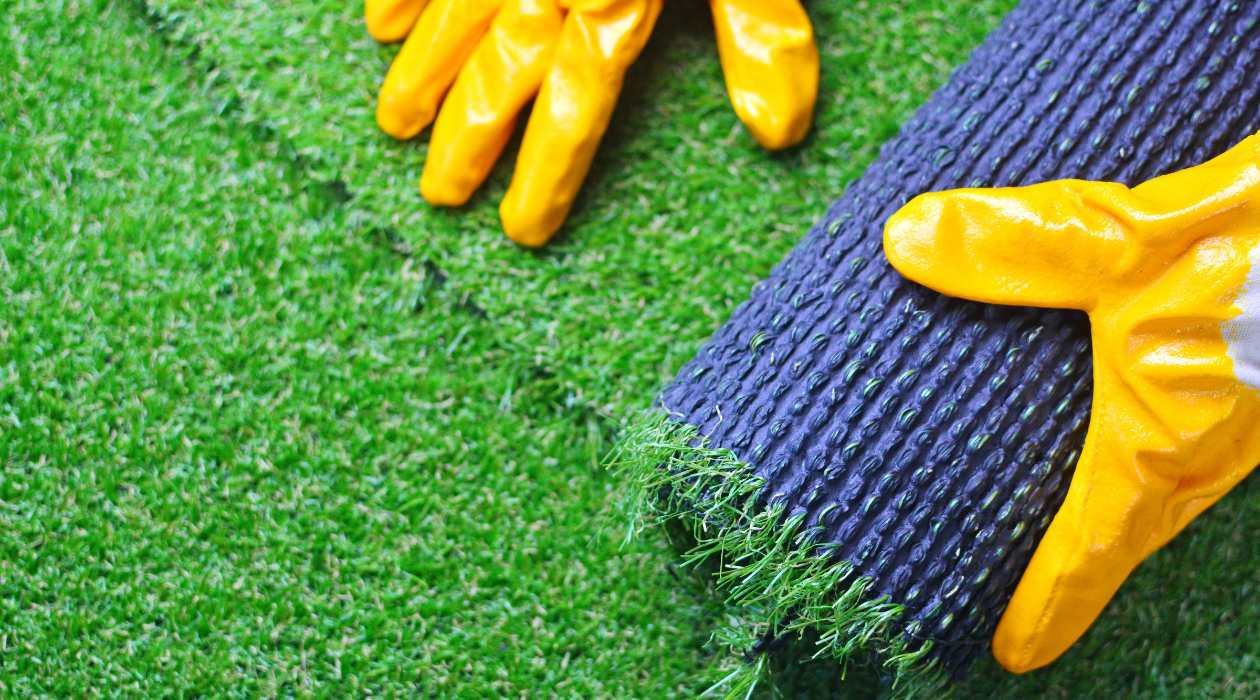
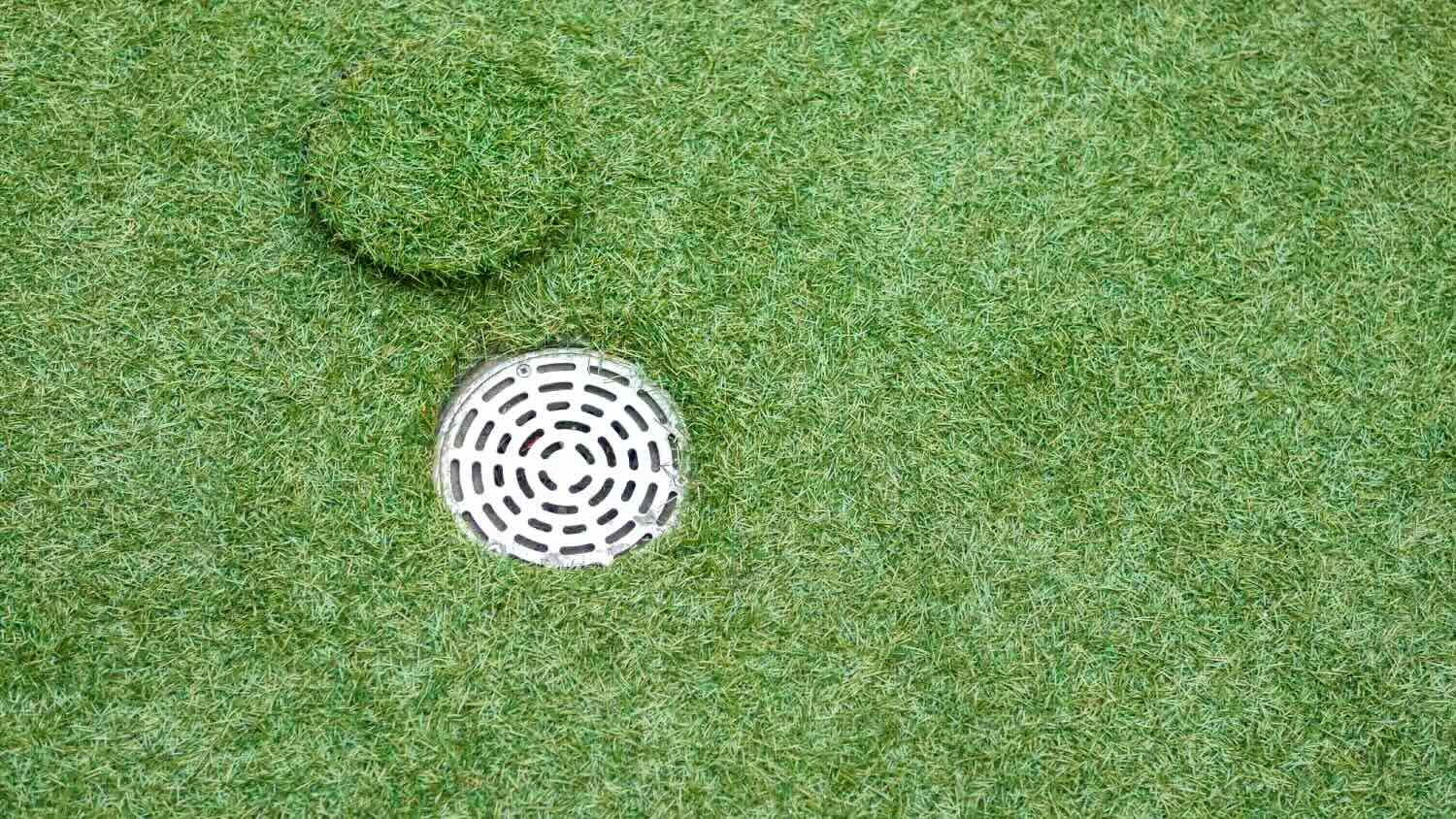
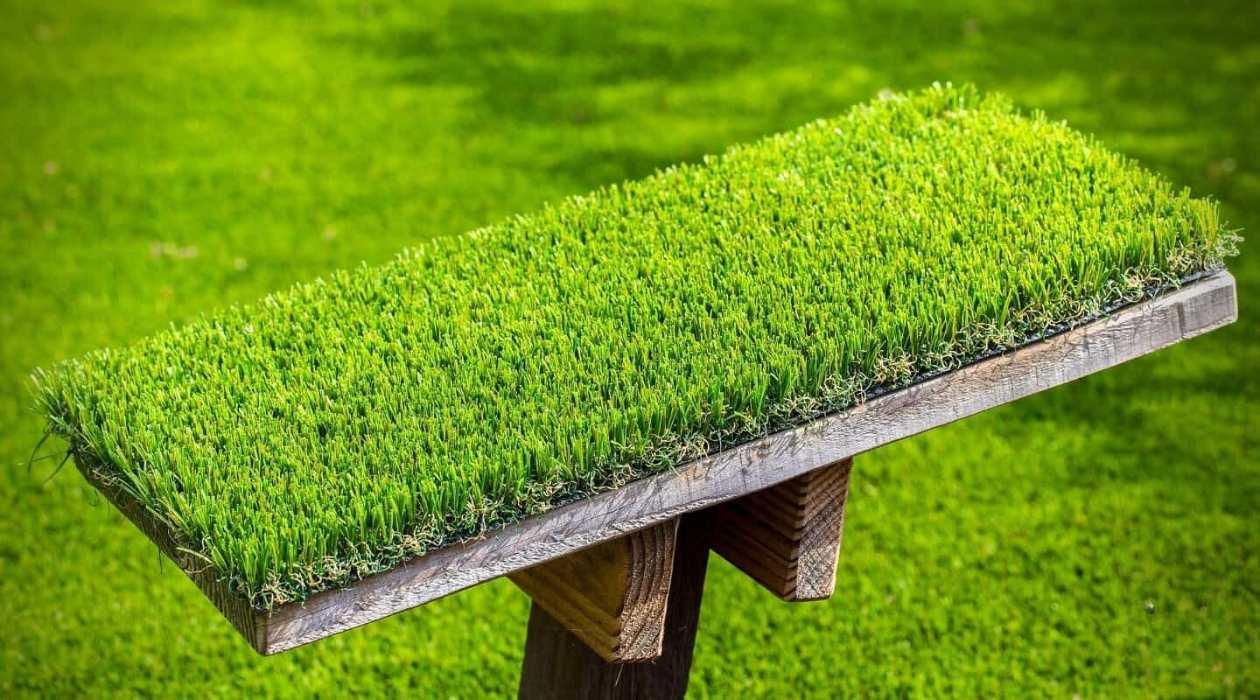

0 thoughts on “How To Train An Adult Dog To Go On A Small Piece Of Astro Turf?”